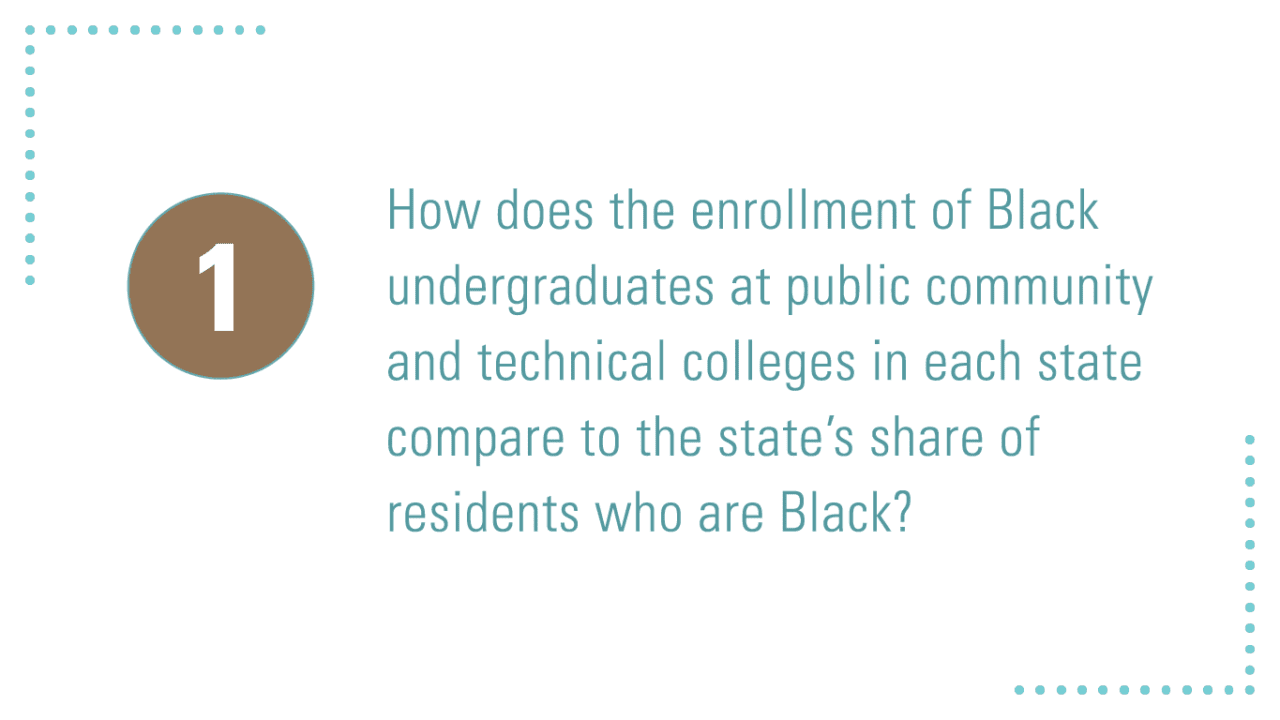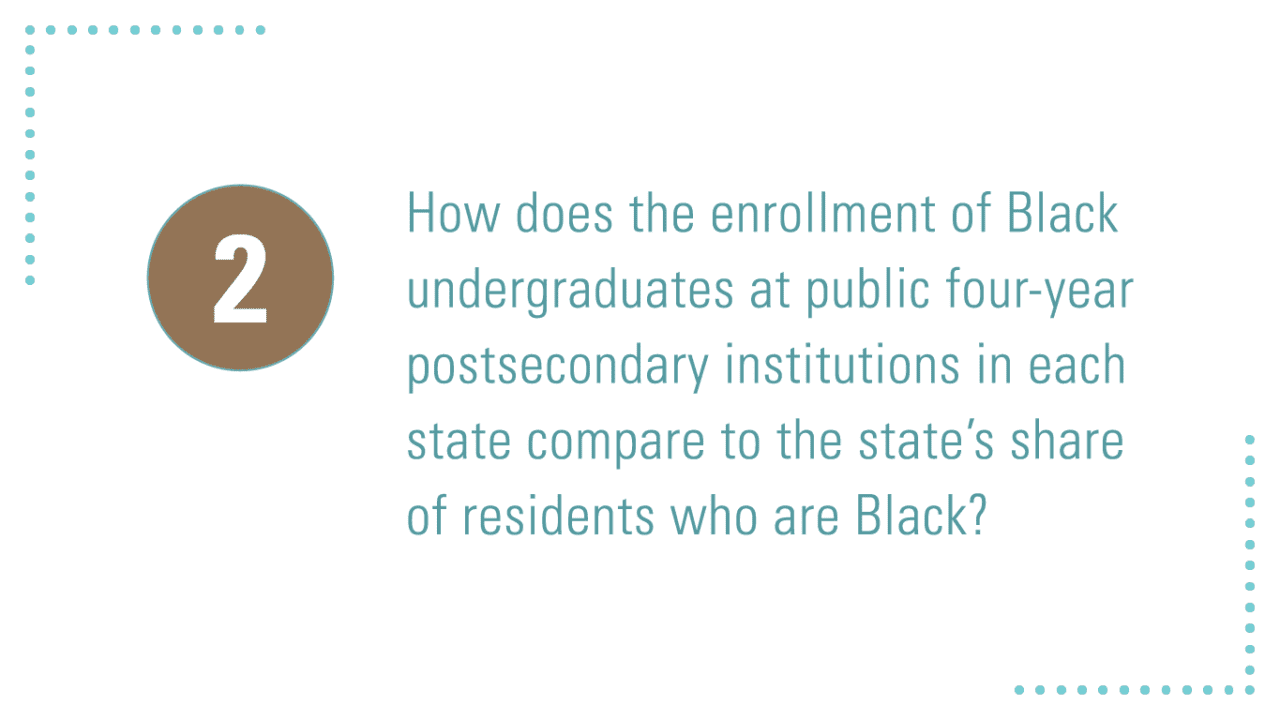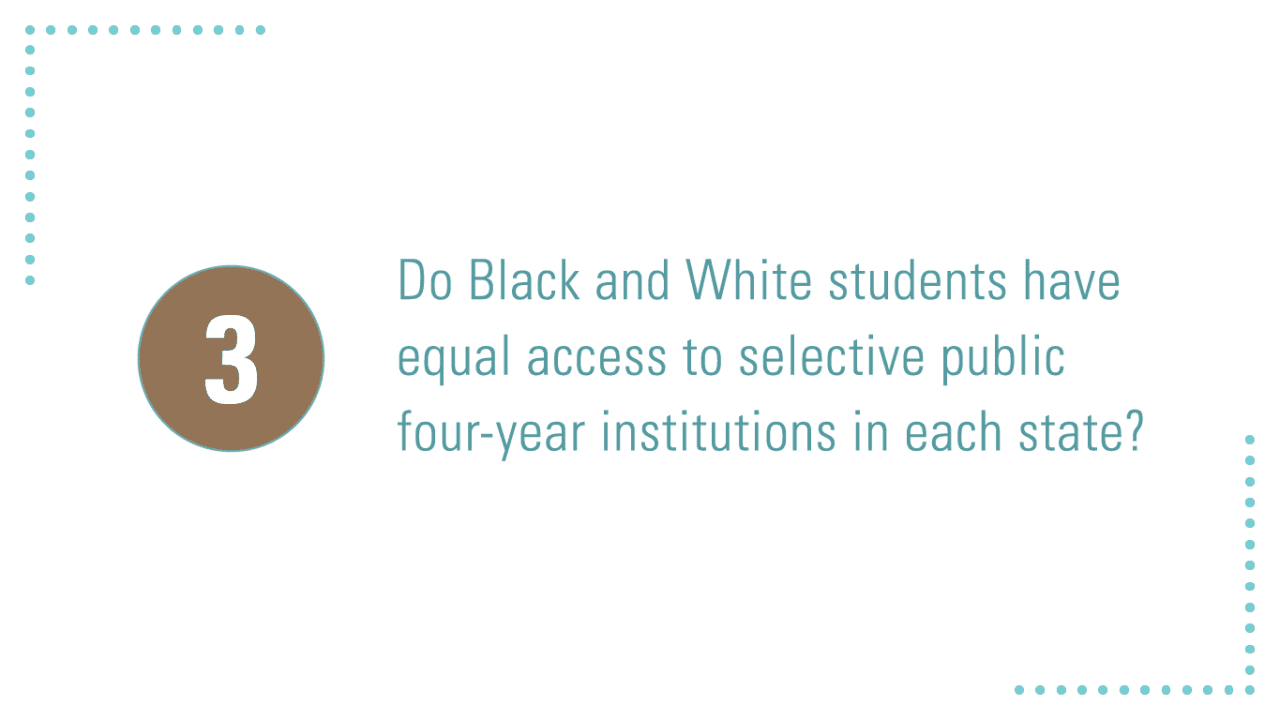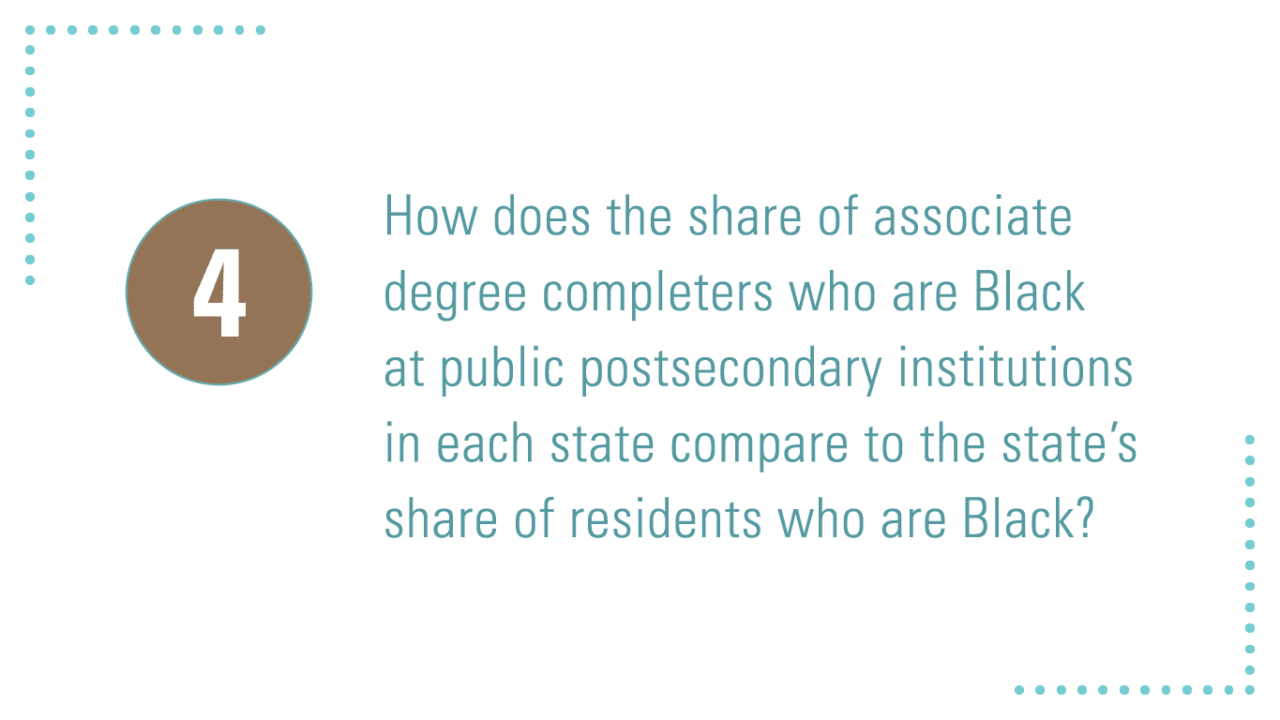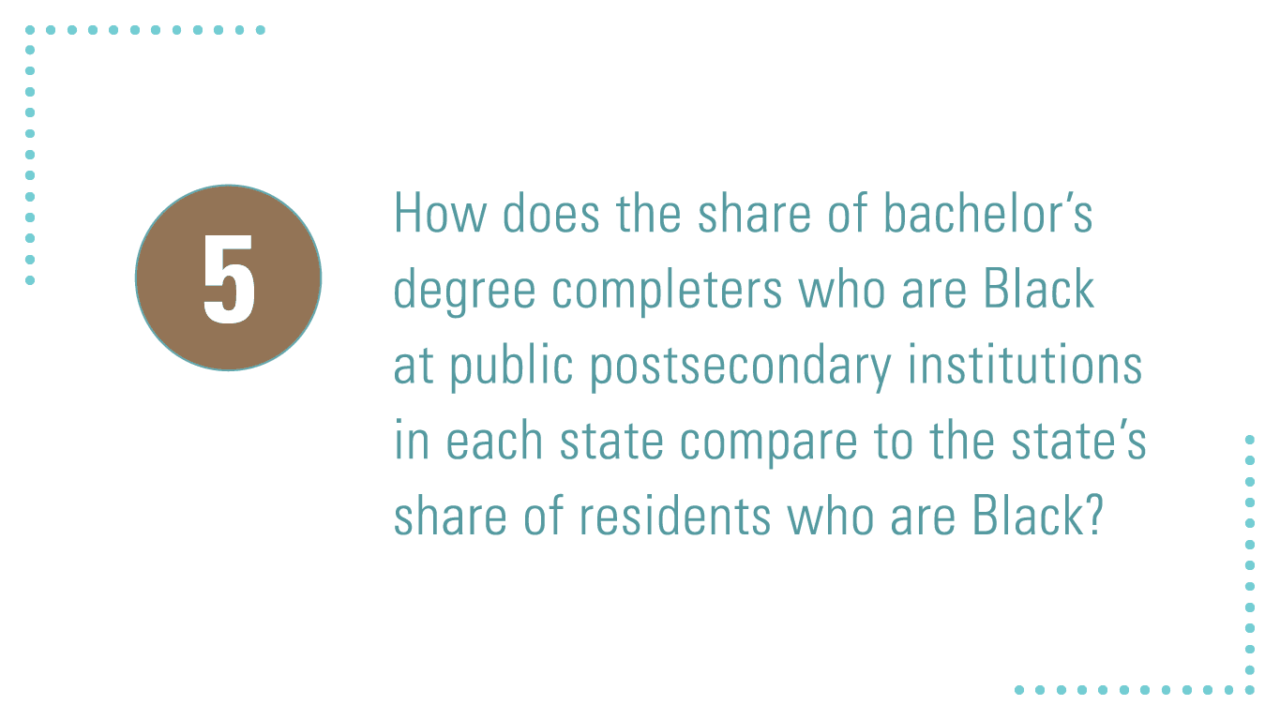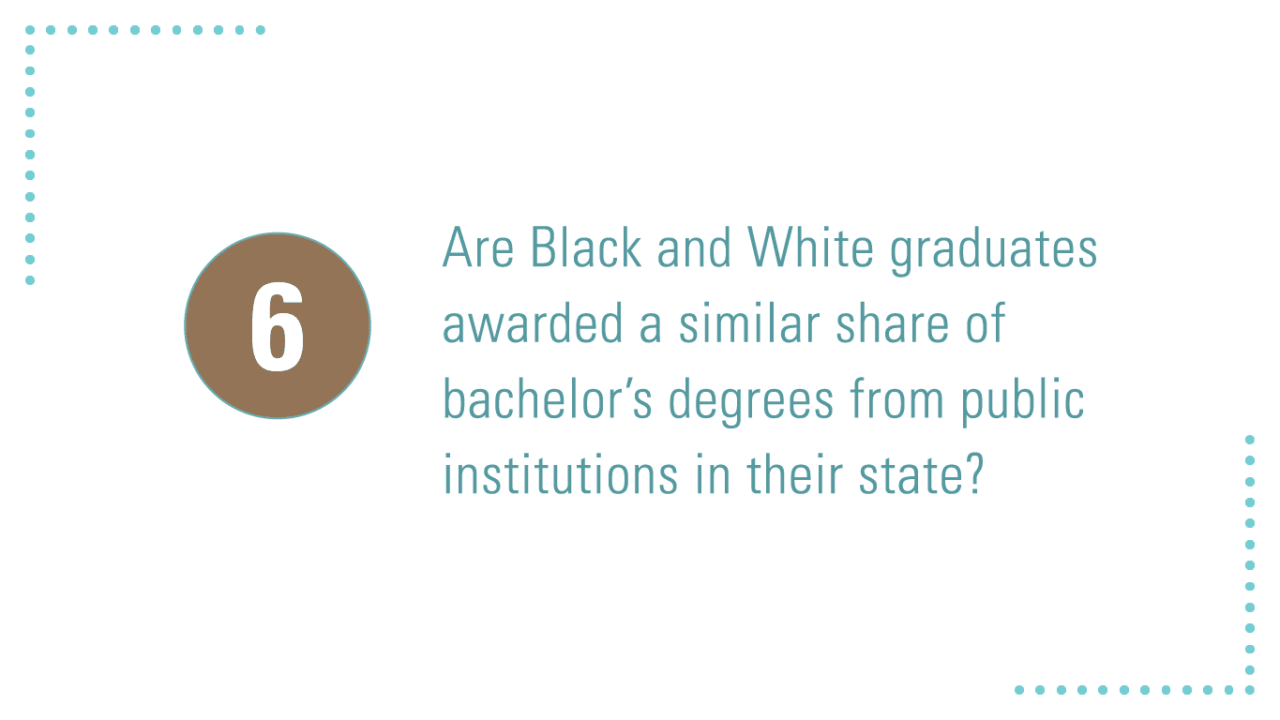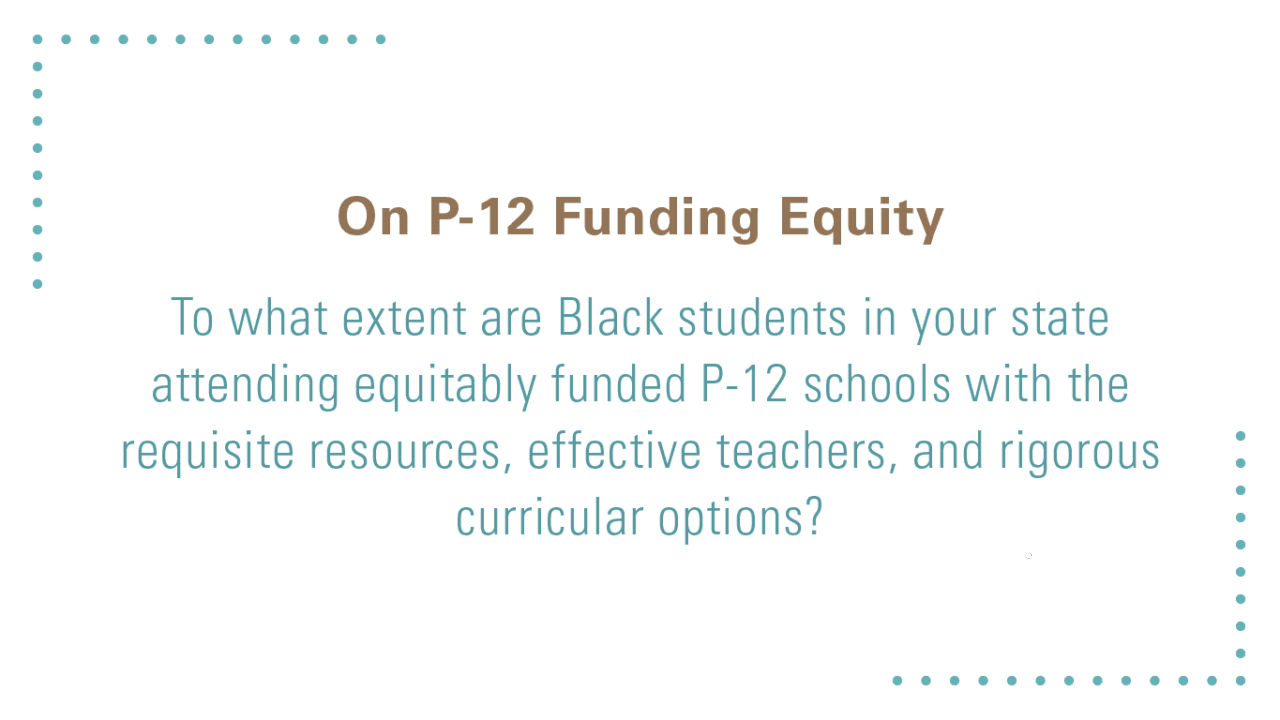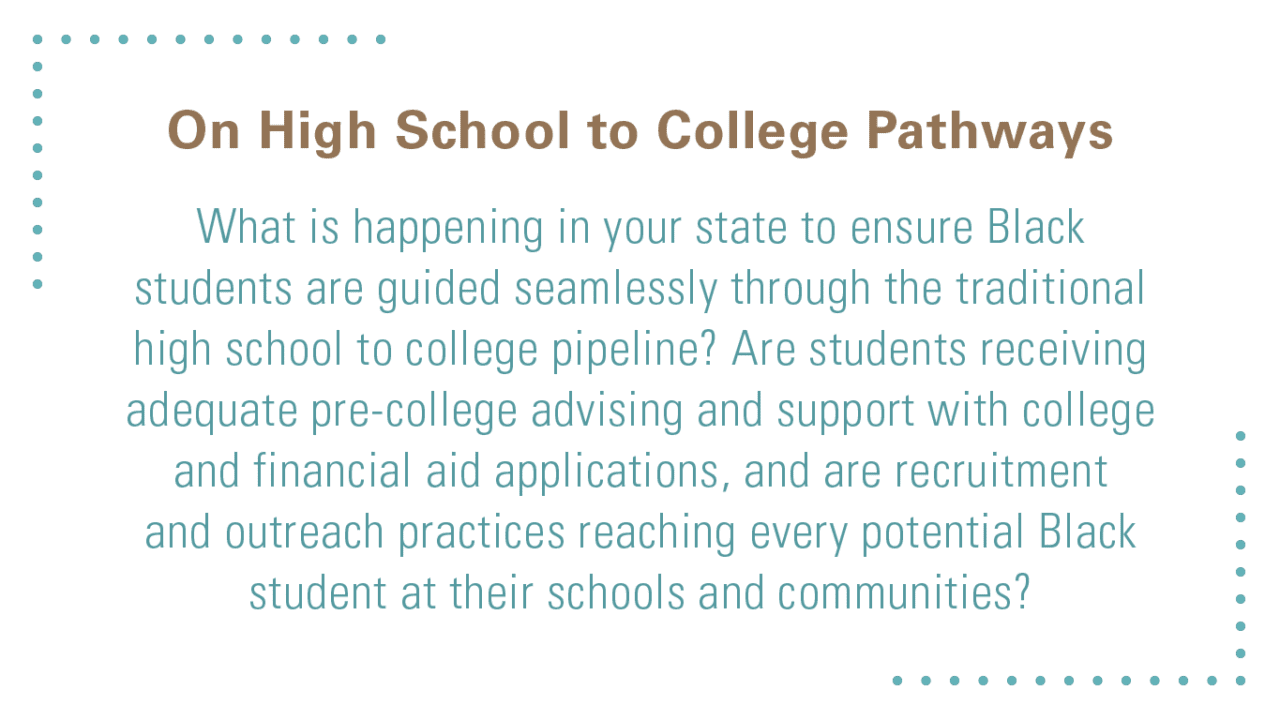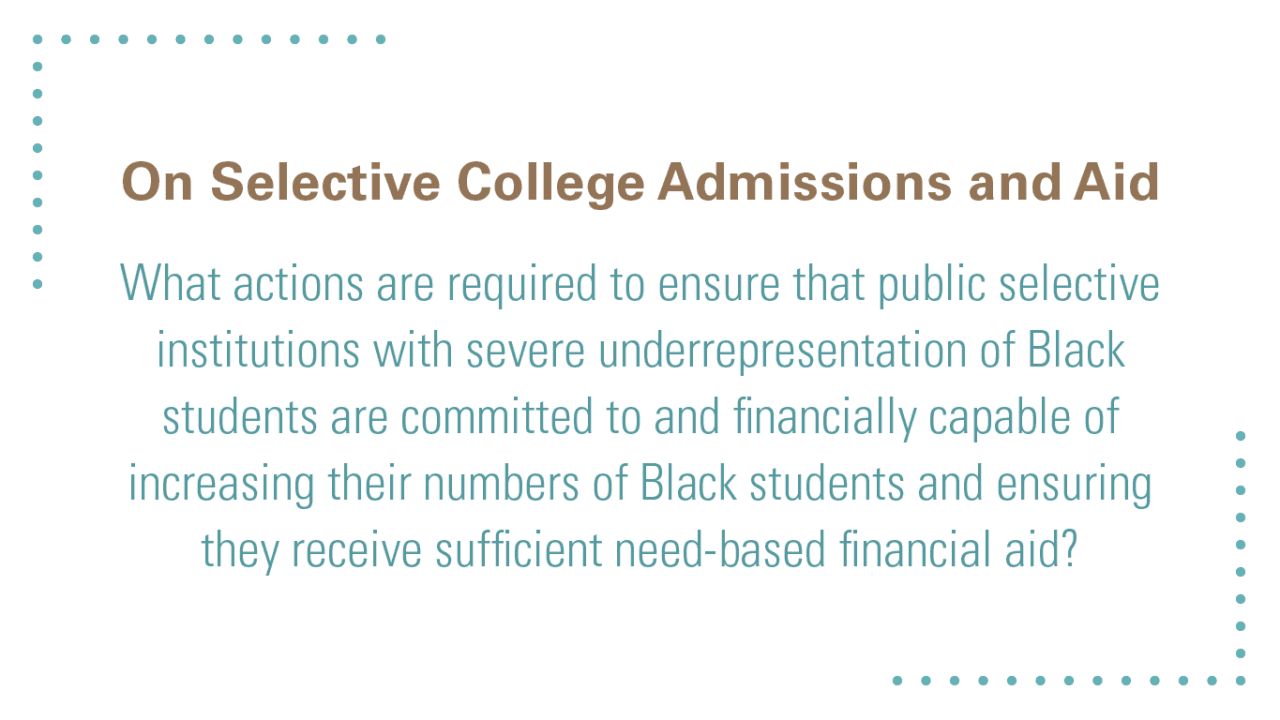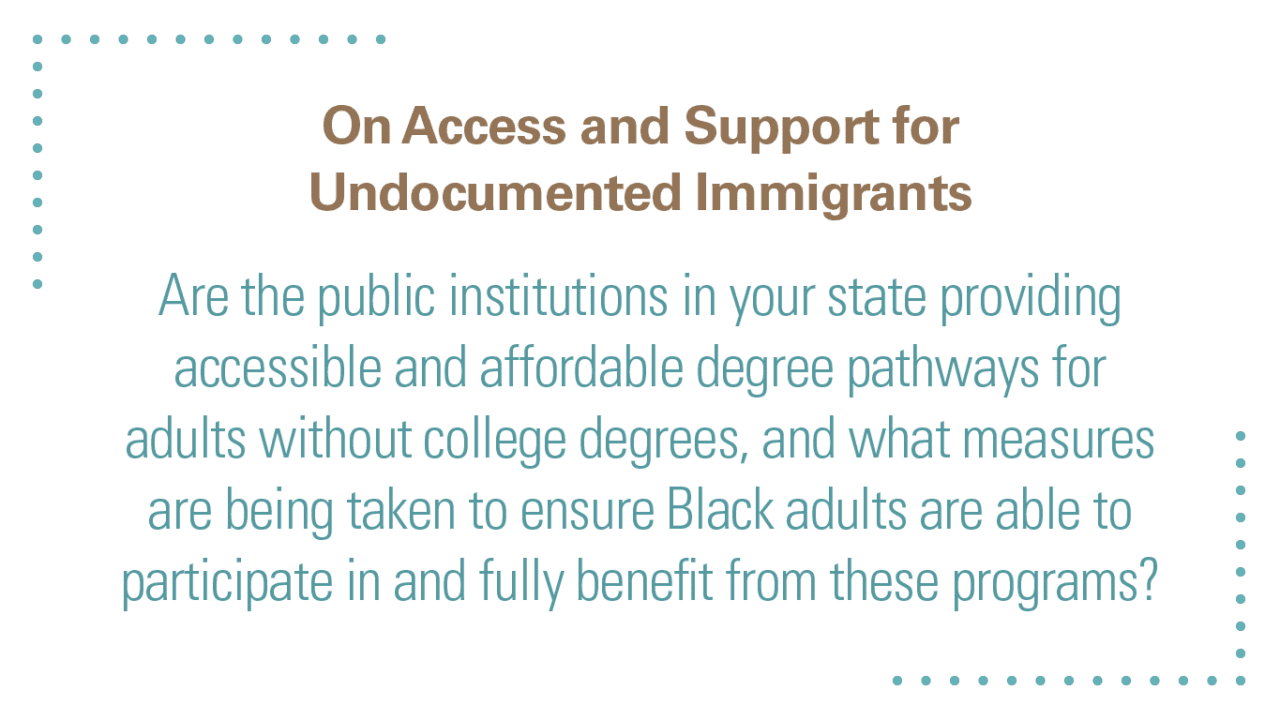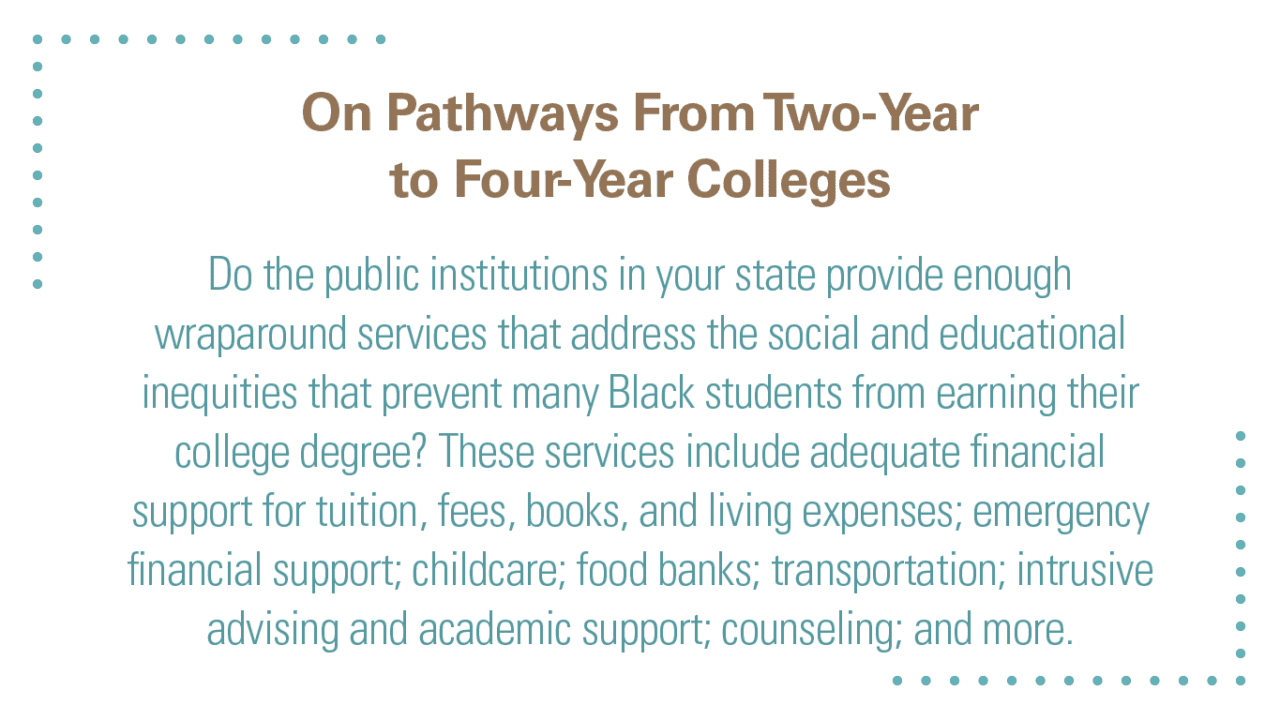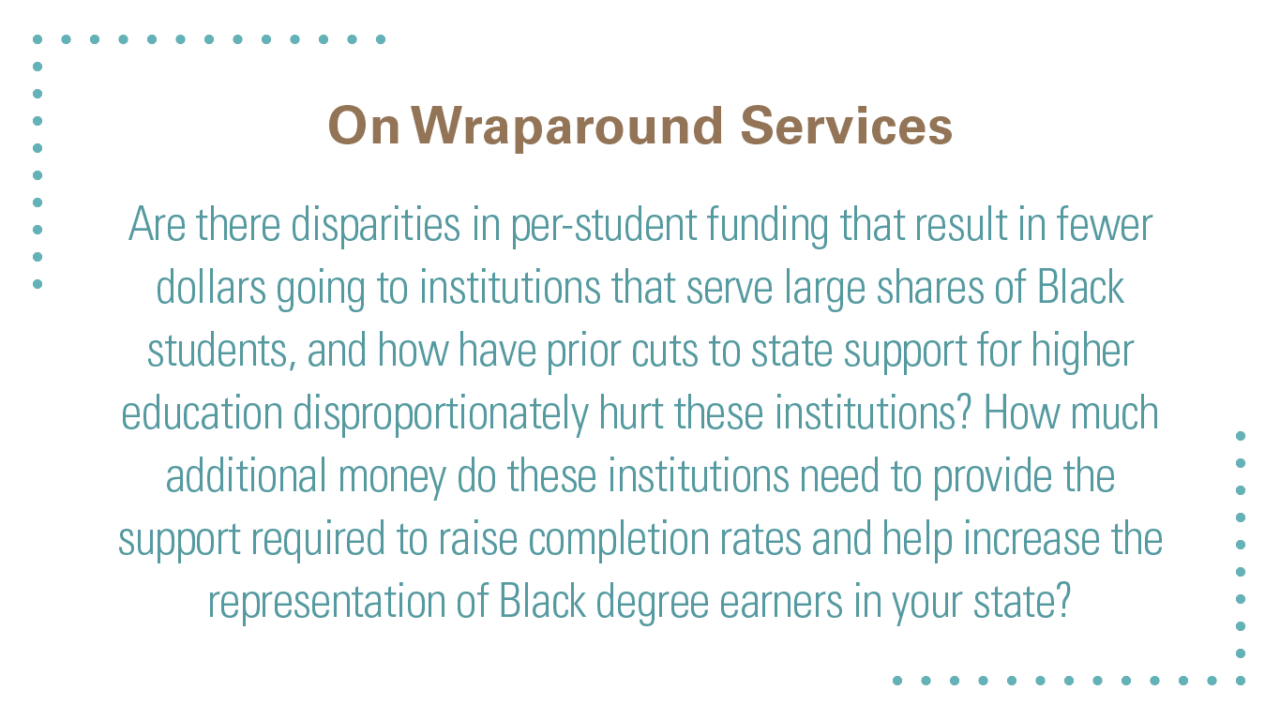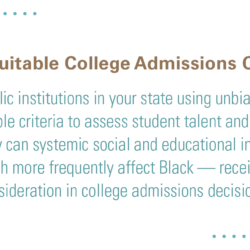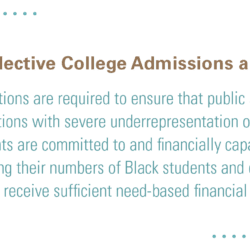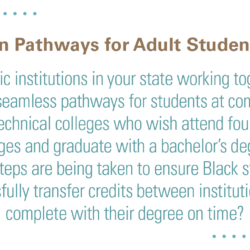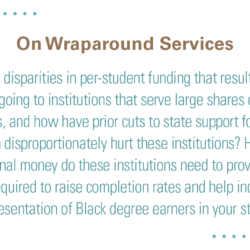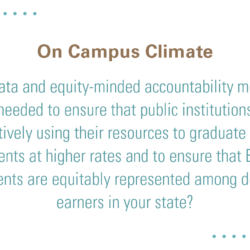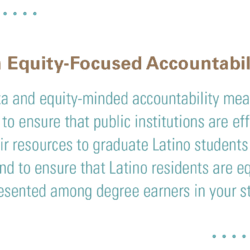Broken Mirrors: Black Representation at Public Colleges
Black Student Representation at Public State Colleges and Universities
If America’s public colleges and universities are supposed to be true democratic engines of opportunity and social mobility, their student body and graduates should at least mirror the racial and ethnic demographics of the state in which they reside. Public institutions should reduce — rather than exacerbate — race-based inequalities and advance the public interest by ensuring all Americans, regardless of race or ethnicity, are able to seek and earn a college degree. Although these expectations of public colleges and universities are more than sensible, they reflect more of an idealistic aspiration than a current reality.
It is well-known that Black students continue to be underrepresented at the public flagship universities in most states. But how about at the hundreds of other public institutions of higher education across the country, both two-year and four-year? That’s the question we’ve set out to answer with our State of Higher Education Equity project. As the next part in the project, Broken Mirrors digs deeper into where Black students go to college and what kinds of degrees they receive.
To do this, we posed six questions related to Black student representation among undergraduates and degree earners. The answers clearly illustrate that public institutions in too many states are falling short of their obligation to enroll and graduate Black students.
High-Level Findings
- In roughly half of the 41 states, Black enrollment at community and technical colleges fails to reflect the state’s racial composition of Black residents.
- Black students are underrepresented at four-year public institutions in 37 of the 41 states we examined.
- In three out of four states, the colleges with the most stringent admissions standards enroll White students at a higher rate than they enroll Black students.
Research Questions
- Black graduates were underrepresented among associate degree earners in 33 of the 41 states we examined.
- Only three of the 41 states we examined had an equitable share of Black bachelor’s degree earners compared to the state’s demographics.
How does your state stack up?
Find out with our State Equity Report Card
How then can policymakers, advocates, and education leaders start moving toward educational justice? To get you started, here are some questions to ask.

